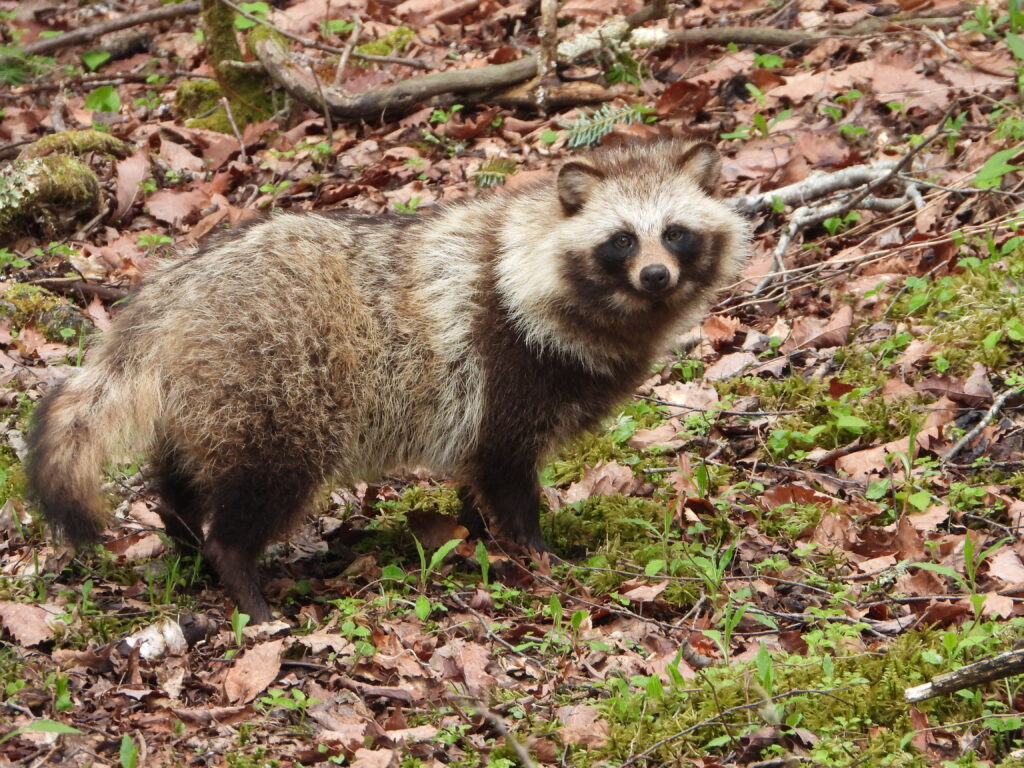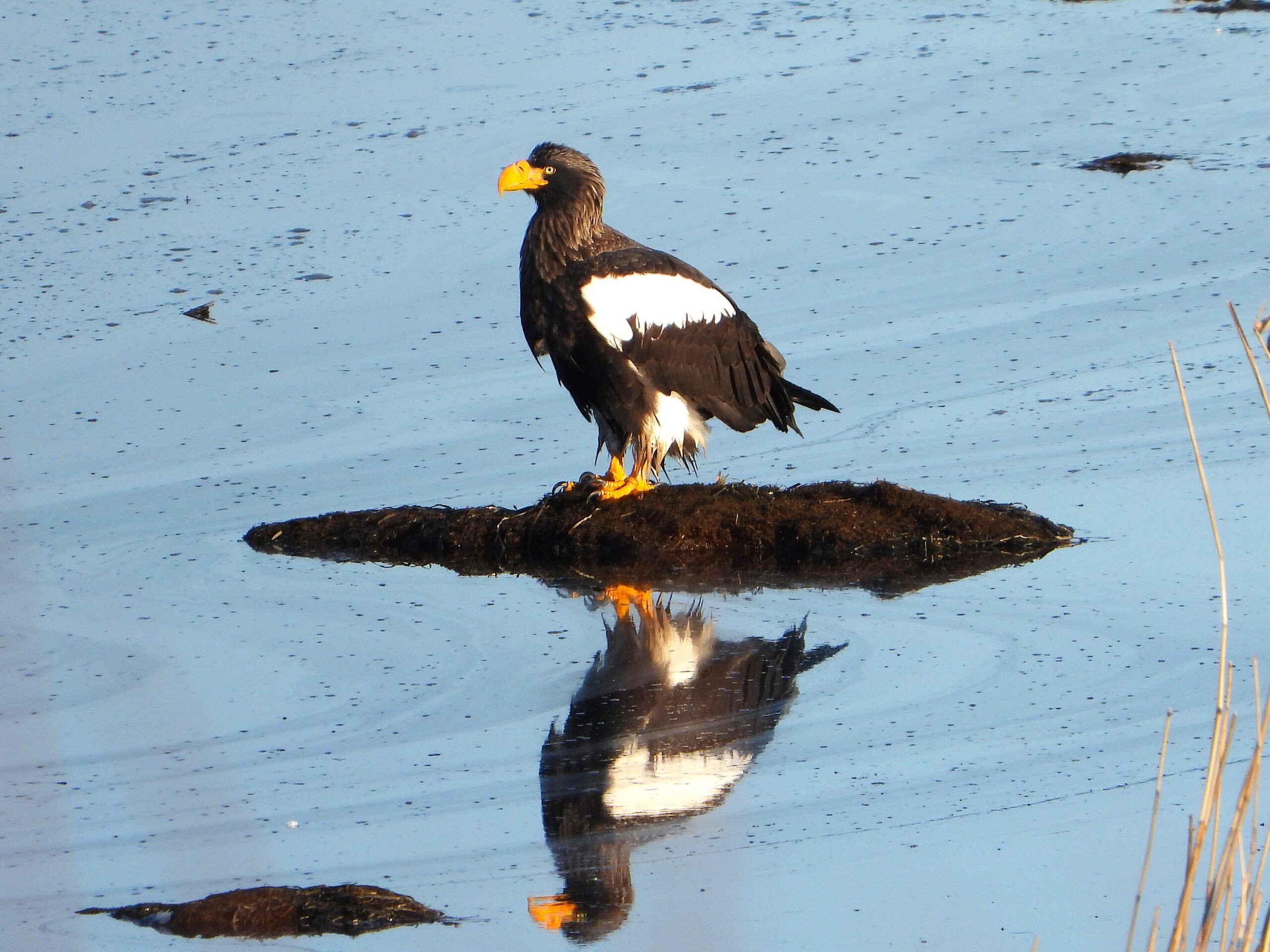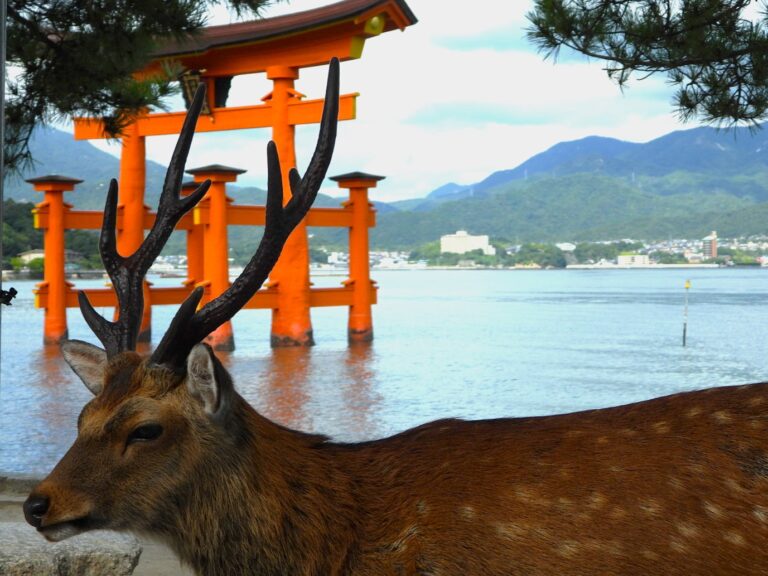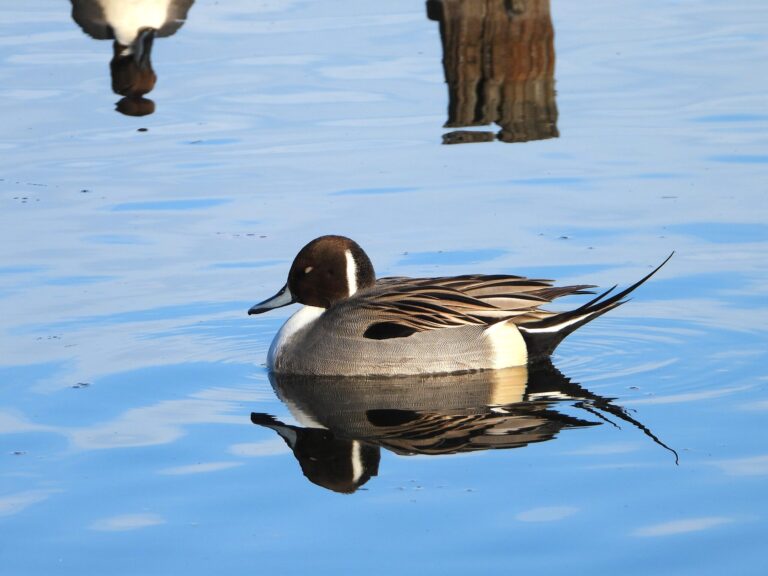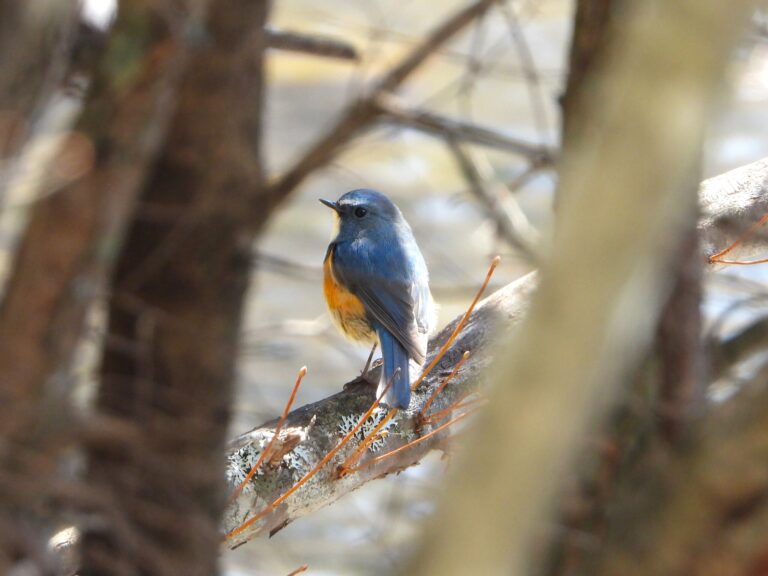Wildlife Watching in Japan – Discover the Best Animals by Season
Introduction
From Hokkaido’s snow-covered forests to Okinawa’s subtropical islands, Japan’s wildlife changes dramatically with the seasons. From the songs of returning birds in spring to the quiet resilience of animals in snowy winter, each season reveals a different side of nature. This guide introduces key species to watch in every season — along with insights into their behavior and where you might encounter them.
Whether you are a nature lover, a photographer, or simply curious about Japan’s diverse fauna, this article will guide you through the best seasonal moments for wildlife watching in Japan.
Spring (March – May)
As the snow melts and cherry blossoms bloom, Japan’s forests and countryside awaken with life. Birds return from migration, mammals emerge from hibernation, and amphibians begin their breeding rituals.

Key Species to Watch:
- Japanese Bush Warbler (Horornis diphone) – Known as the “harbinger of spring,” its hoohokekyo call echoes through the mountains.
Read more → - Barn Swallow (Hirundo rustica) – Returns from Southeast Asia, nesting near human houses and barns.
Read more → - Asian Black Bear (Ursus thibetanus japonicus) – Wakes from hibernation and forages for young shoots in the forest.
Read more → - Japanese Toad (Bufo japonicus formosus) – Gathers in ponds and rice paddies for spectacular breeding events.
Read more →
Where to See:
Satoyama woodlands, Nagano’s forest edges, Gifu, and rural Kyoto.
Summer (June – August)
Summer in Japan bursts with vibrant life. The forests hum with insects, birds sing from the canopy, and reptiles thrive in the heat. It’s also the best season for nocturnal exploration.

Key Species to Watch:
- Japanese Rhinoceros Beetle (Trypoxylus dichotomus japonicus) – Flocks to tree sap at night; a symbol of summer.
Read more → - Miyama Stag Beetle (Lucanus maculifemoratus) – Prefers cooler mountain forests; prized for its impressive jaws.
Read more → - Blue-and-white Flycatcher (Cyanoptila cyanomelana) – A striking blue summer migrant with a clear, melodic song.
Read more → - Japanese Rat Snake (Elaphe climacophora), known as Jimuguri – Active during the hot months, often seen crossing rural roads.
Read more →
Where to See:
Mountain forests of Nagano and Nara; Amami and Yakushima for night wildlife.
Autumn (September – November)
As the air cools and forests glow red and gold, animals prepare for winter. It’s the best time for observing behaviors of survival — from storing food to gaining weight.
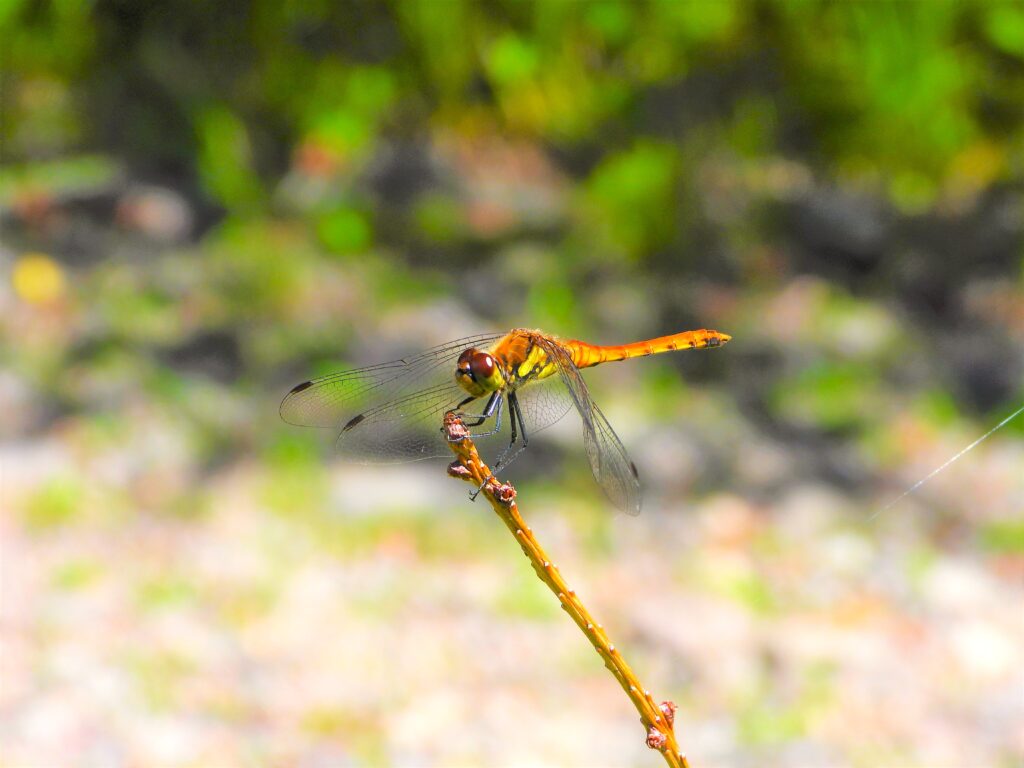
Key Species to Watch:
- Autumn Darter (Sympetrum frequens) – Red dragonflies fill rice fields and ponds in peaceful flight.
Read more → - Ezo Pika (Ochotona hyperborea yesoensis) – Stores grass for winter; a rare, endearing sight for patient observers.
Read more → - Japanese Raccoon Dog (Nyctereutes procyonoides viverrinus) – Gains weight for hibernation; its round form is almost comical.
Read more → - Giant Mantis (Tenodera aridifolia) – A fierce predator until frost; females lay eggs that survive the winter.
Read more →
Where to See:
Hokkaido and Tohoku highlands, mountain fields, and autumn rice terraces.
Winter (December – February)
Winter transforms Japan into a quiet, snow-covered wonderland. While many creatures hibernate, some thrive — creating unforgettable scenes for wildlife lovers.
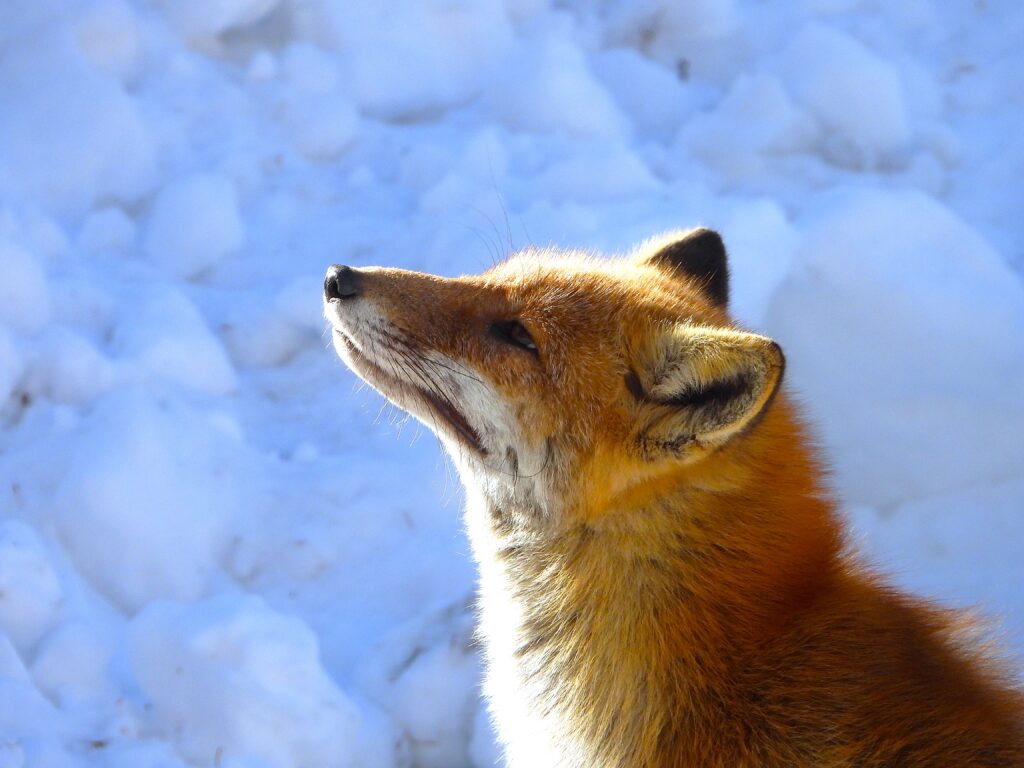
Key Species to Watch:
- Red Fox (Vulpes vulpes japonica) – Seen even in deep snow, its bright fur glowing against the white.
Read more → - Steller’s Sea Eagle (Haliaeetus pelagicus) – A giant of the sky visiting Hokkaido’s frozen coasts each winter.
Read more → - Smew (Mergellus albellus) – A striking white duck found on calm winter lakes across Honshu.
Read more → - Japanese Macaque (Macaca fuscata) – Famous for soaking in Nagano’s hot springs; their calm expressions in the steam have become an icon of winter wildlife.
Read more →
Where to See:
Hokkaido (Kushiro, Shiretoko) for eagles and cranes; Nagano’s Jigokudani Monkey Park for macaques.
Conclusion
From awakening bears in spring to snow-covered foxes in winter, Japan’s wildlife offers endless seasonal beauty. If you plan your trip according to the season, you’ll discover a completely different world each time — from singing birds in cherry blossoms to eagles soaring over frozen seas. Wherever and whenever you go, the wild heart of Japan is waiting.
